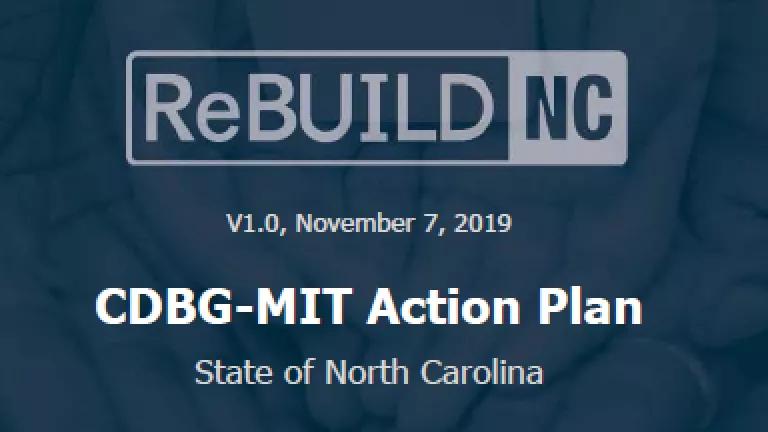President Biden Puts Climate Adaptation Back on the Agenda

On his first day in office, President Biden signed a far-ranging executive order that sets in motion a suite of much-needed actions for responding to the climate crisis. Included in those, was reinstating Executive Order 13653 – Preparing the United States for the Impacts of Climate Change (EO 13653), which makes climate resilience and adaptation a priority for all federal agencies.
Originally signed by President Obama in November 2013, EO 13653 focused an unprecedented level of attention on climate resilience and adaptation. Had President Trump not rescinded the order in March 2017, the United States may have already laid the foundation for an integrated national climate adaptation plan. England, France, the Philippines, Kenya, and many other nations have already adopted such plans.
By reinstating EO 13653, President Biden is elevating climate resilience and adaptation as priorities for his administration. The order makes it clear that all federal agencies have a role in preparing the nation for the impacts of climate change. Federal agencies and offices will identify how their programs and operations can proactively address the current and predicted impacts of climate change, as well as how to avoid adding to vulnerabilities that already exist or will be exposed in the future.
After the order was signed in November 2013, several things took place. Most federal agencies developed their own climate adaptation plans, including the Environmental Protection Agency, Department of Transportation, Department of Energy, and Department of Defense. The U.S. Climate Resilience Toolkit was launched, making publicly available a trove of climate data and tools. And the President received valuable recommendations from the State, Local, and Tribal Leaders Task Force on Climate Preparedness and Resilience.
The order created an Interagency Council on Climate Preparedness and Resilience (the Resilience Council), which pulled together over 30 agencies and offices. The last report it issued, Opportunities to Enhance the Nation’s Resilience to Climate Change, gives the Biden administration a solid foundation on which to build its own climate resilience and adaptation efforts.
Perhaps as important as the Resilience Council’s recommendations was the climate resilience culture that it created within the federal government. As their report stated, “The members of the Resilience Council are the leaders in their respective agencies on climate resilience, and the Resilience Council has served as an important forum for these leaders to work together towards shared goals.”
Despite this renewed focus on adaptation, some savvy climate resilience observers, like the New York Times’ reporter Chris Flavelle, and Dan Cusick at Energy and Environment News have noted that President Biden’s “climate cabinet” doesn’t have an obvious point person for climate resilience and adaptation.
Has the time has come for creating a Federal Climate Resilience Officer?
Resilience 21, a newly formed group of influential climate resilience and adaptation professionals, certainly thinks so. Their number one recommendation to the Biden administration is to appoint a Federal Climate Resilience Officer in the newly formed White House Office of Domestic Climate Policy. They also urge that a Chief Resilience Officer be appointed at every federal agency. These resilience professionals could provide the leadership that’s needed across the federal government and staff the newly reconstituted Resilience Council.
The idea has a lot of merit. Many states and local governments now have Chief Resilience Officers. As cities and states experience more climate-induced disasters, they realize the need for a person whose full-time job is to prepare for the mounting consequences of climate change and coordinate government efforts. Chief Resilience Officers often report directly to their Mayor or Governor and are vested with the authority to coordinate and facilitate cross-agency climate resilience planning and projects.
Such a position has never existed in the federal government. Even on President Biden’s all-star climate team, it’s not clear who has those responsibilities. Or if anybody does. But maybe such a position will be named in the future?
NRDC would support the creation of a Federal Climate Resilience Officer within the White House Office on Domestic Climate Policy. Combine that with similar agency-level appointments and President Biden would create a team of climate adaptation professionals across all levels of the federal government. Such a team would be able to catalyze the type of all-hands-on-deck approach that’s needed given the widespread impacts of climate change and the priority the Biden administration places on addressing the climate crisis.




